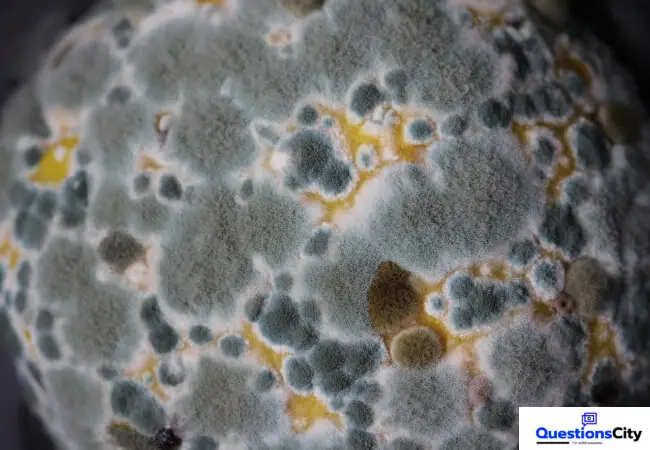Last Updated on August 15, 2021 by
At the early age of air conditioning, cooling homes were not the intended purpose when Willis Carrier invented the modern air conditioner. Air conditioners were used to control industrial quality earlier, as well as the comfort of the workers. Though, artificial climate control made steel and glass skyscrapers practical. After World War II, home air conditioning became widely available and ushered in the age of suburban tract housing. Demising of some old-fashioned architectural details and social customs are also spelled.
In a bygone and surely less comfortable era — for keeping cool in the heat — people employed all sorts of strategies before air conditioning. Houses were designed with more windows and taller floors, keeping airflow in mind for controlling room temperatures. The dogtrot house. (two smaller cabins one for cooking and the other for living connected under one roof with an open-air corridor between them ), which was used earlier in South America.

Architecture:
To keep homes cool; archways, wide windows, and tall ceilings were created, so that builders could funnel in outdoor breezes and create cross-ventilation. Porches, which were built in the shade also gave people an area to cool off during the evening.
Airflow:
Windows opened in the basement and top floor to create a “stack effect”. A cool breeze passes through the house by this process. It simply closes up window during the heat of the day, and opens it at night. Many homes were built on blocks to allow breezes to flow underneath and help keep them cool all summer long, before AC. This process was common in northern states of USA.
Cave:
It is a hollow place in the ground. Specifically, a natural underground space, large enough for humans to enter. Temperature stays at around 50 degrees at the ground underneath all year long. Resulting in coolness; many people used to live in a cave or built it into a hillside for taking advantage of the earth’s cooling ability.
Stone Homes:
After observing the capability of keeping coolness in stones, many people started building homes out of stone or brick above ground to mimic the cooling that cave walls provide.
Trees:
Home owners often planted trees on the east and west sides of their home to create the most amount of shade possible. Trees were naturally used for blocking the hot rays of the sun, as well as cooling down the breezes that blew through the area and into the home. And in winter, it would lose their leaves and allow the sun shine through and increase the room temperature.
Tall Ceilings:
In older homes, ceilings as high as 10, 12 and even 14 feet were common. As heat rose to the ceiling, lower areas stayed cool and comfortable. Ceiling fan, containing wide paddles, moves more air around the room and therefore cools the room more effectively.
Ventilation:
In summer season, garret temperatures can reach as much as 145 degrees Fahrenheit, heating the whole house. Install a whole house fan in a room with high ceiling to lower the temperature. Whole house fans are mounted in the garret with a shutter placed in the ceiling. At night, when the weather turns cool, open the windows and turn on the fan. When the shutter opens along with the fan, draws in the cool air through the open windows. All the hot air gathered at the top of the ceiling and in the garret is expelled through attic vents. For maximum effectiveness; the outside air must be cooler than the inside air. A house fan uses minimal electricity compared to an air conditioner. Turn it on at night when it’s cool outside.
Transoms:
The key pieces in our home are the transom windows that still exist over most of the house’s doorways like many older homes. A small window called transom over a door allows warmer air at the ceiling to move up to higher floors. It allows more air movement throughout the house. For easy access to open and close and to create airflow and also to provide security from outside, transoms over exterior doors often have hinges and special hardware to allow air movement.
Porch:
People, in ancient homes, used to cover the porch with an awning or umbrella if they didn’t have a roof. These coverings provide shade from direct sunlight on the porch during the afternoon. Porches were also very common in screened and furnished sleeping. To catch the cool breeze of the summer night without all the bugs, people used to sleep outside, believing that fresh air had health benefits.
Thick Wall:
In the earlier era, thick brick or stone walls were good insulators and kept houses cooler for rich homeowners. 12 to 24 inches’ thick walls were common in the Deep Southeast part of the world for blocking the heat from the inside as the day went on, and also allowed some warmth as the sun set and temperatures fell.
Reflective Surfaces:
Surfaces, which have the ability to reflect the visible, infrared and ultraviolet wave-lengths of the sun, reducing heat transfer of the surface (high solar reflectance) and high thermal entrance, used to be known as the “Reflective Surfaces”. Many older homes used light-colored or silver-metal roofs, which were made of lead, tin or copper. To reduce interior temperatures, they were used as a great way to reflect heat away from the home.
At length, people had plenty of personal methods for keeping their residents cool, such as hanging wet clothes at doorways, sleeping in cooled sheets, and keeping one’s underwear in the freezer, too.
At the earlier age when the air conditioner wasn’t universal, weather was sometimes miserably hot to live, but “miserable” is a comparative term. We don’t know the difference between what we are using and what they didn’t. We would never imagine the air conditioner in a little modern home built for artificial climate control failing.
FAQ
How did people stay cool before fans were invented?
Short Answer- When you turn the fan on, feel the breeze that travels through the pillowcase; it should be pretty cold. Ancient Egyptians, Indians, Romans, and Greeks used this same method to cool the warmer parts of their homes. In order to create cooler drafts, they dampened a mat or a sheet and hung it in a doorway or open area.
Why do old houses get so hot?
Short Answer- Older homes have poor insulation, allowing heat to get into your air-conditioned home. Thermal insulation is most often used to keep a home warm during the winter, but it works for the summer months too.
How can I keep my old house cool without AC?
1. Keep the Windows Closed and Covered.
2. Shut and Insulate Your Doors.
3. Don’t Use the Oven.
4. Swap Your Light Bulbs.
5. Use Fans the Right Way.
How do I stop my house from getting so hot?
1. Open windows at night.
2. Keep blinds closed during the day.
3. Do chores at night.
4. Skip the oven/stove; grill more.
5. Keep the furnace fan on.
6. Maximize your air conditioner.
7. Change your AC filters regularly.






